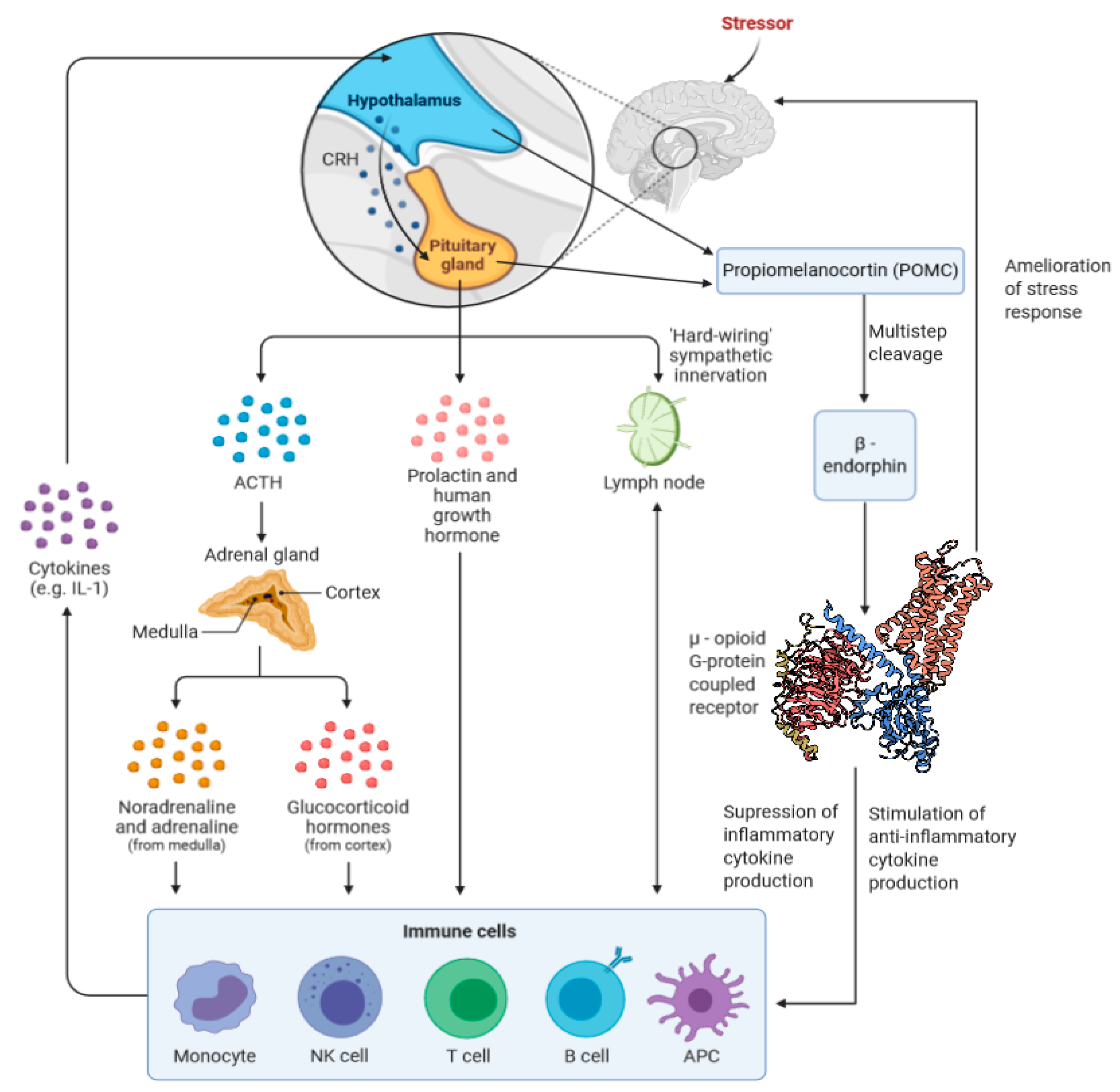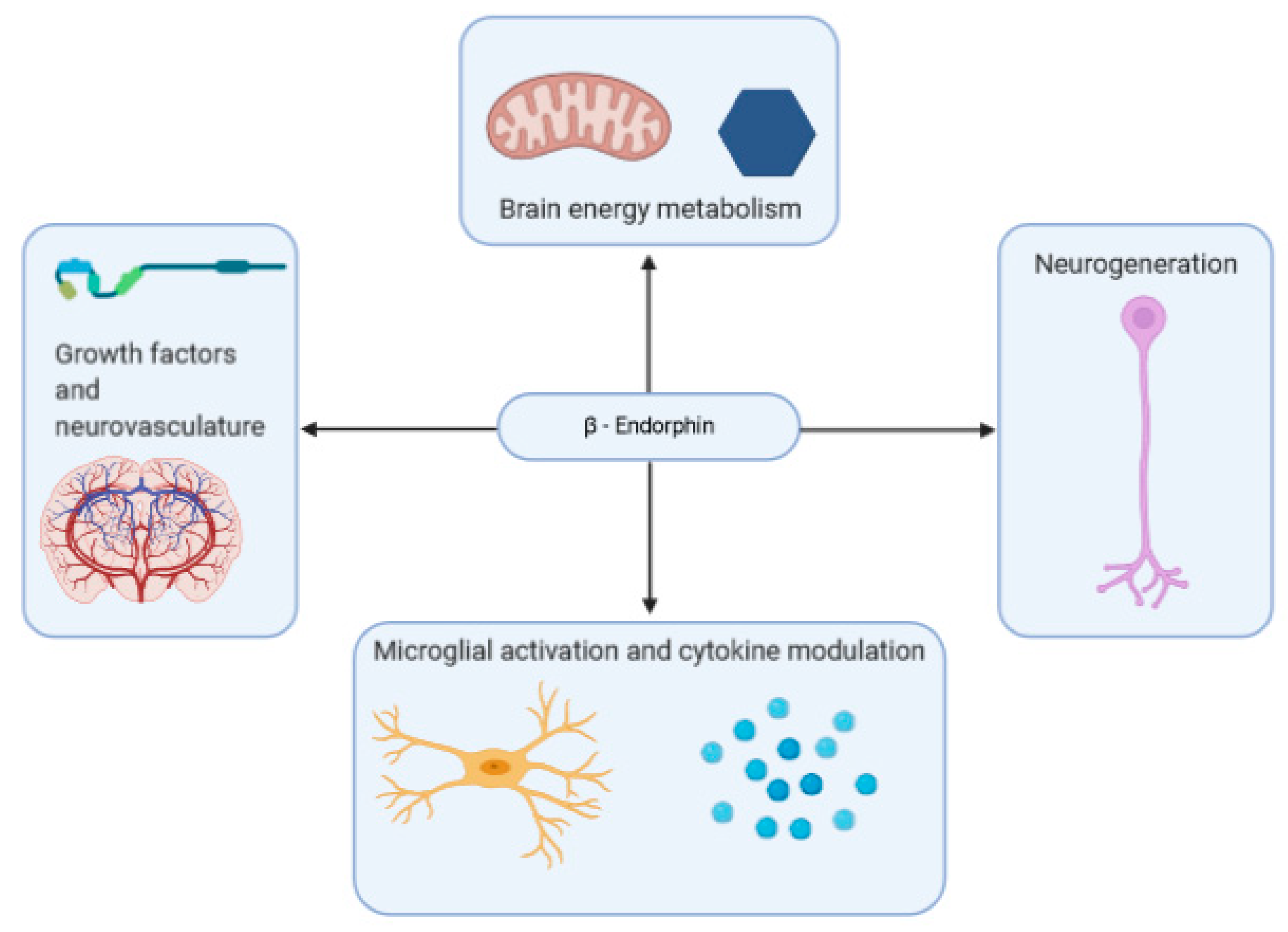

Sleep deprivation 16, circadian desynchronization 17, chronic stress 18 and the use of anti-epileptic and psychotropic drugs 19 may further propel weight gain.

Estimates of the financial burden of obesity upon modern healthcare systems are sizeable, with more than US$190 billion spent annually in the United States alone for obesity-related illnesses 14.Ĭommonly acknowledged environmental factors accounting for the steep increase in global obesity are increased access to energy-dense food coupled with reduced physical activity 15. Starting early in life, obesity increases the prevalence for psychological, neurological, pulmonary, gastrointestinal, renal, musculoskeletal and endocrine diseases 13 (Fig.

Obesity is associated with decreased life expectancy of 5–20 years depending upon its duration, the magnitude of excess weight and the emergence of associated comorbid diseases 5, 11, 12. It is estimated that 4–9% of all cancer diagnoses are attributable to excess body fat 9, 10, and that obesity correlates with poorer prognosis for multiple malignant diseases 6, 7. Compared with normal weight, individuals with a body mass index (BMI) of 30–34.9 kg m –2 carry a hazard ratio for overall mortality that is elevated by more than 40% and at a BMI > 40 kg m –2 the relative rate increases to 100% 5. It complicates the management of multiple diseases, enhancing the prospect for unfavourable outcomes, as prominently noted in the current COVID-19 pandemic 8. Obesity promotes the incidence of conditions such as type 2 diabetes (T2D) 3 and cardiovascular diseases (CVD) 4, and increases the risk of death due to cancer of the oesophagus, colon and rectum, liver, gallbladder, pancreas and kidney 5, 6, 7. The global obesity prevalence has nearly tripled since 1975 and, within the United States, excess body weight afflicts more than two thirds of the population, with more than one third of adults and 20% of adolescents having obesity (see Related links). Control of excess body fat is one of the greatest healthcare challenges of our time 1, 2.


 0 kommentar(er)
0 kommentar(er)
